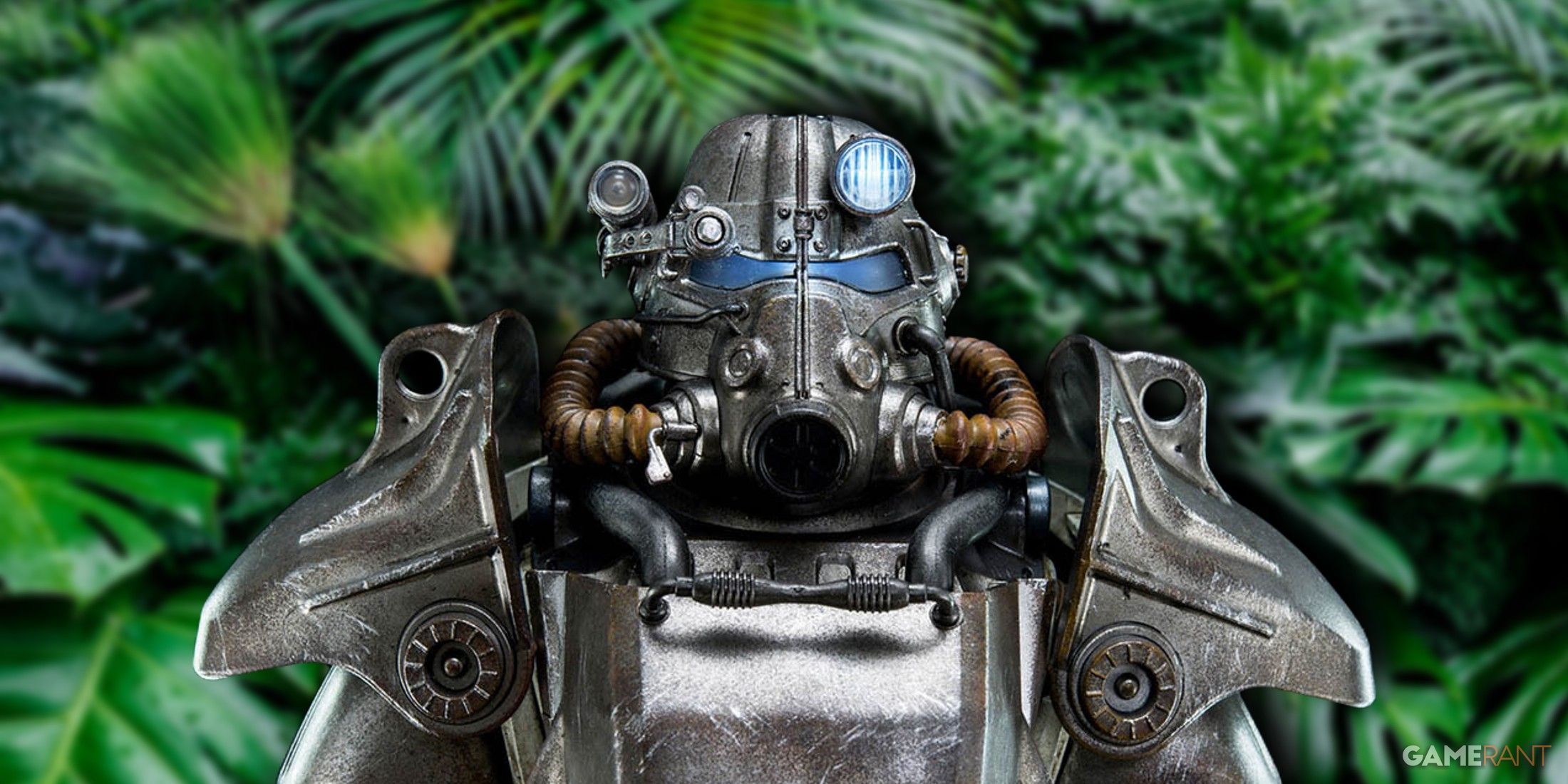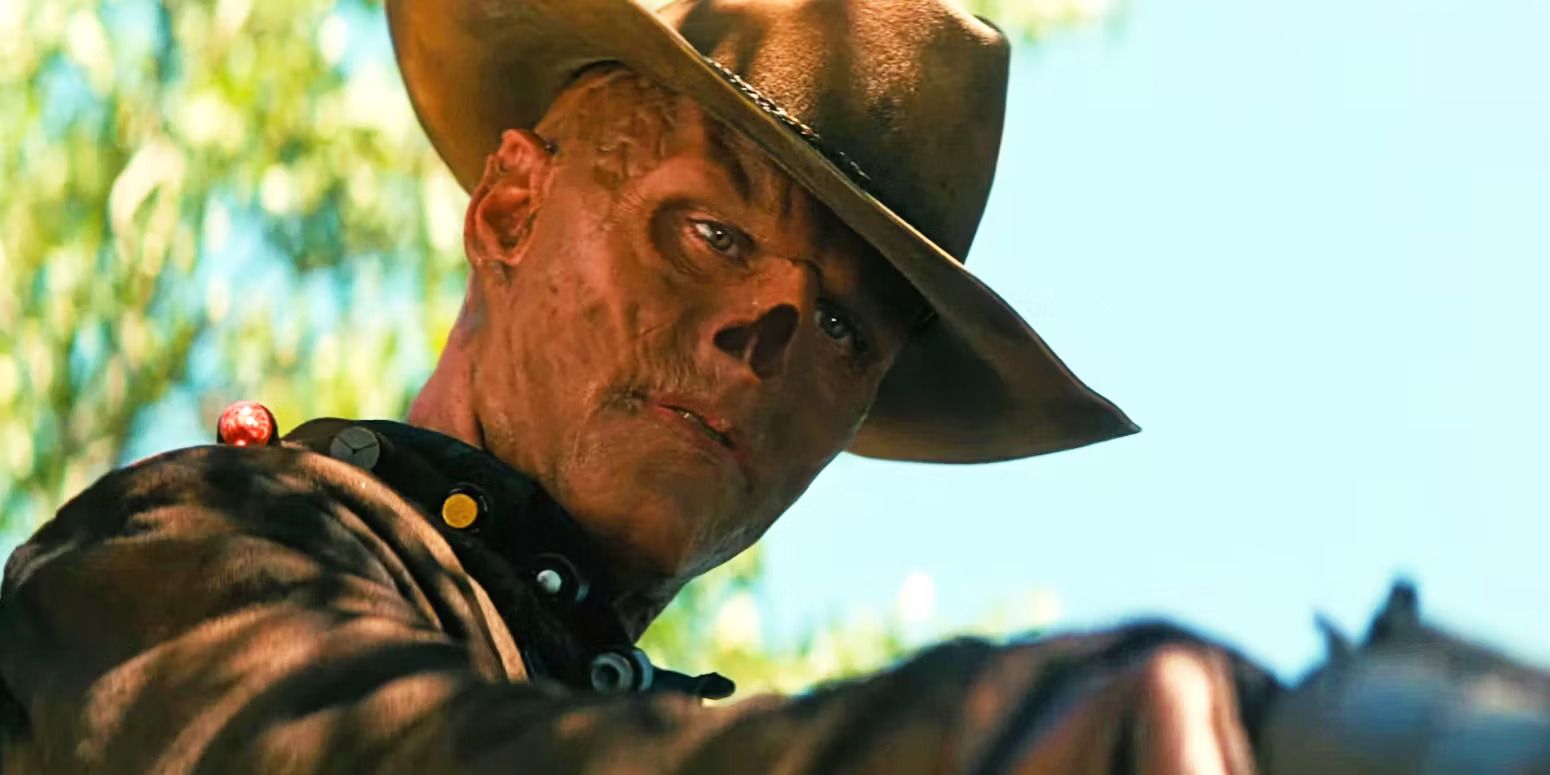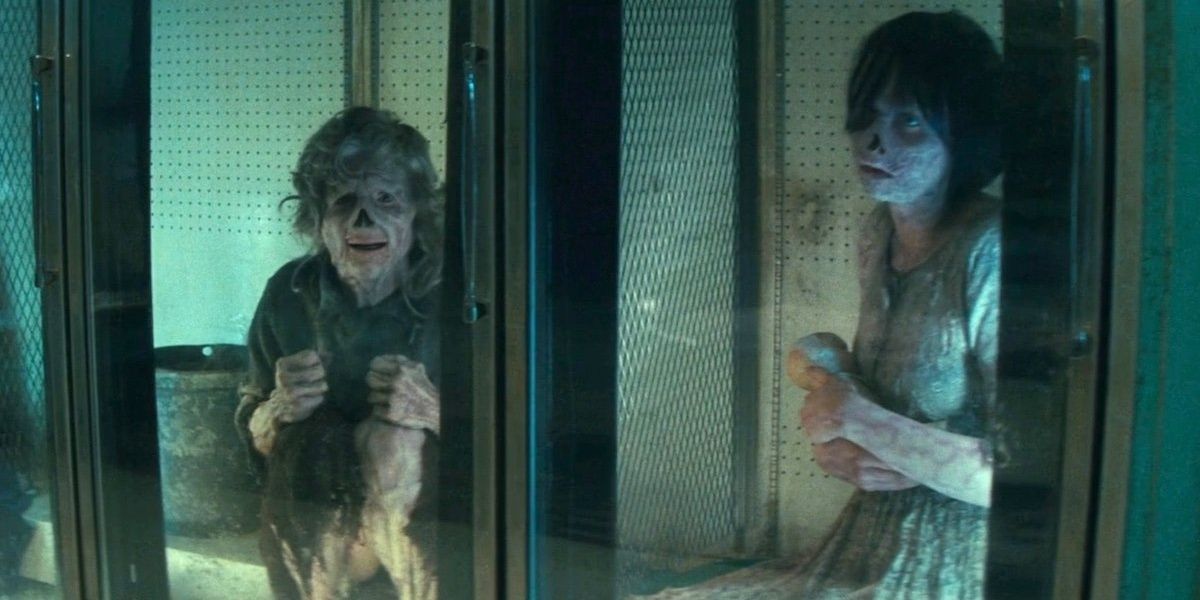Fallout depicts a massive wasteland with countless engaging elements to explore. The new show's writers must have felt spoiled for choice as they looked over the lore. One concept that received special attention was the ghouls, which are often overlooked in the franchise. Their stars rose through every entry, making them more prominent as more ghoul characters captured attention. The Fallout show lends ghouls new lore, a powerful spotlight, and one of its best new representatives.
The Fallout show pulls elements from many games in the franchise. It's not an adaptation of any individual story, but its narrative combines bits and pieces from almost three decades of backstory. The show also adds several new details, changing things to fit the new medium. While some fans were frustrated by the treatment of the wasteland or the order of events, Fallout's new wasteland works on the small screen.
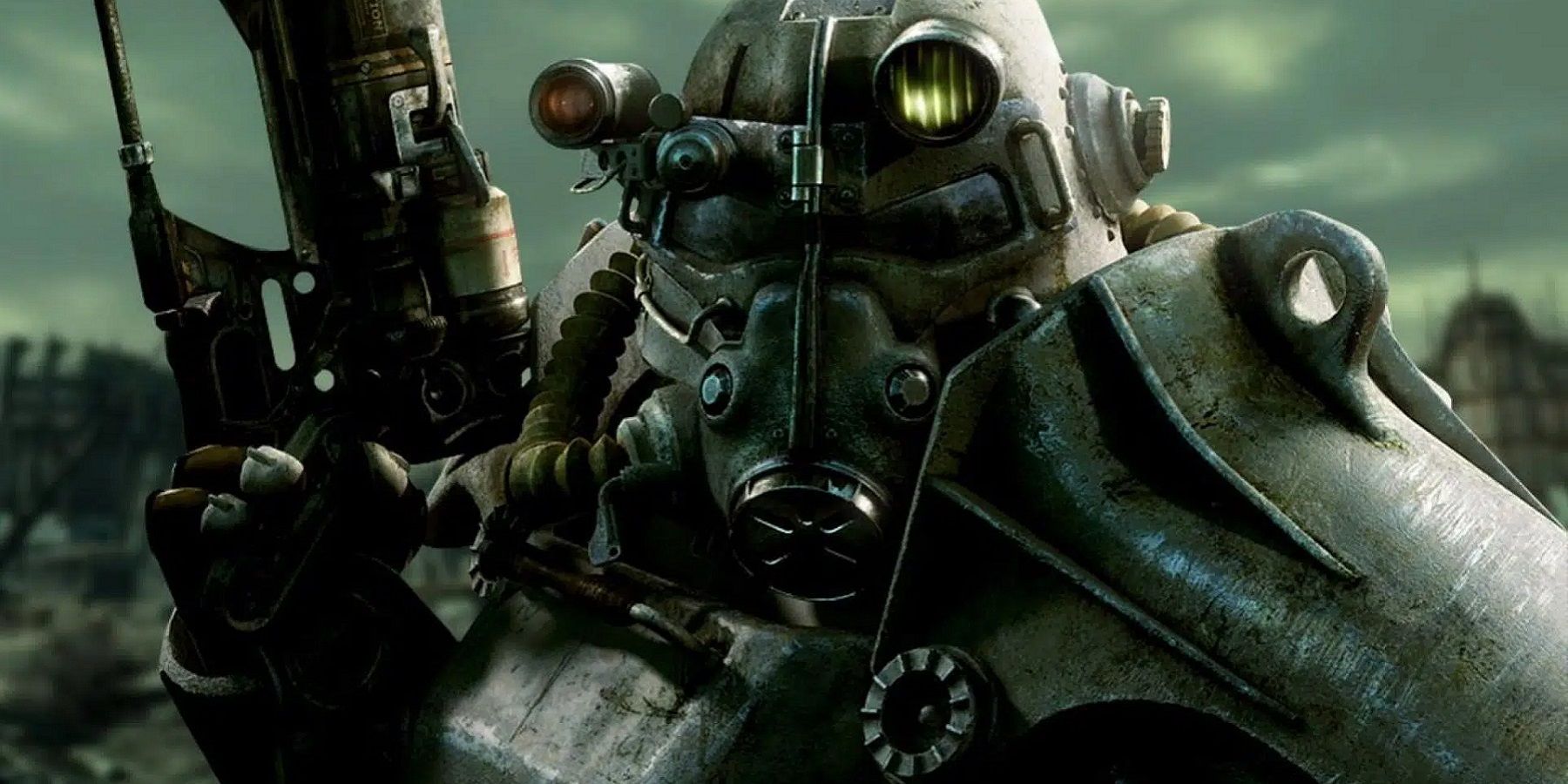
The Fallout TV Show's Brotherhood of Steel Ranks Explained
The Brotherhood of Steel follows a chain of command. There are differences between the games and the show, but that's in line with Fallout lore.
What are ghouls in Fallout?
Ghouls are necrotic post-humans who occupy the wasteland in Fallout. Any human can become a ghoul with sufficient exposure to radiation. While radiation can and does kill humans, a specific non-lethal dose can warp their bodies while leaving them alive. Surviving a nuclear detonation while remaining in the immediate blast radius or sustaining prolonged exposure to moderate radiation can alter a person's biology. The resulting ghoul resembles a zombie, though more burned than rotted.
Ghouls are immune to radiation and prone to long lifespans. The transformation grants them a healing factor, through which almost any non-lethal injury quickly repairs itself. Ghouls can still die, but they tend to be tougher than most humans. The "ghoulification" process frequently leads to mental instability and sometimes leaves victims feral. While many ghouls become slavering abominations, others maintain their mental facilities and lead full lives despite widespread cultural prejudices. Ghouls such as Fallout 4's John Hancock often become fan-favorite characters, prompting widespread appreciation for the species.
How does the Fallout show portray ghouls?
Ghouls enjoy an interesting spotlight in Amazon's Fallout TV show. One of the three main protagonists is a ghoul; several ghouls enjoy supporting roles; and the fourth episode is named after the post-humans. That fourth outing provides the show's most conclusive picture of ghouls. The most notable innovation in the Fallout show's portrayal is its approach to ghouls turning feral. While some ghouls in the games seem to maintain their sanity with no rhyme or reason, the show puts a cost on that privilege. Ghouls in the Fallout show must regularly inhale an unspecified drug to keep their memories and reason intact. Any ghoul that goes without their daily dose risks sliding inexorably toward madness. The show leaves out several details. There's no way of knowing what's in the green anti-feral solution or who invented it. The series does, however, depict the effects of failing to take enough medicine.
Fallout episode four briefly depicts Roger, a ghoul hiding out in an abandoned house. He can't find the medicine he needs, causing him to regularly lose focus and vocalize primal growls and screams. In conversation, he explains that he lived almost 30 years after his initial infection. He's in good spirits, seemingly yielding to a fate he knows he can't outrun forever. There is a quiet nobility in his acceptance. Roger's spasms and shouts grow more frequent as his body fights his consciousness. His old friend, the Ghoul, invites him to reminisce about his life before the transformation. The Ghoul blows Roger's brains out as he speaks, killing him painlessly before he can lose the last vestiges of his personality. The same episode features an organ-harvesting operation that keeps ghouls as cattle. When former Vault-dweller Lucy MacLean frees them, most thank her and run away. The few feral ghouls attack, forcing her to put them down. While the show's snarky sense of humor keeps its tone light, Fallout treats ghouls and their potential fate with impressive nuance.
Who is the Ghoul in Fallout?
The Ghoul, originally named Cooper Howard, is one of the three protagonists of Fallout. He's a ghoul representing a classic archetype. As a Western-inspired hero, he hunts bounties with a moral code and a reckless streak. The Ghoul is an anti-hero of sorts, but his species is treated as a boon and an impediment. Acquiring medicine to keep himself going is a consistent motivation, but his dreams are bigger than survival. As a ghoul, he demonstrates immense resilience and hundreds of years of experience. Humans can't do most of the things he can do. While the games have never provided the opportunity to play as a ghoul, the Ghoul will reignite that common fan request. His depiction in the show is one of the best moments for the post-humans.
Ghouls are one of the best-handled elements of Amazon's Fallout show. The series represents another leap forward for one of the most iconic symbols of the nuclear wasteland. While ghouls may always suffer some discrimination in Fallout, fans love these poor, irradiated super-beings, and the Fallout show hands them a perfect spotlight.
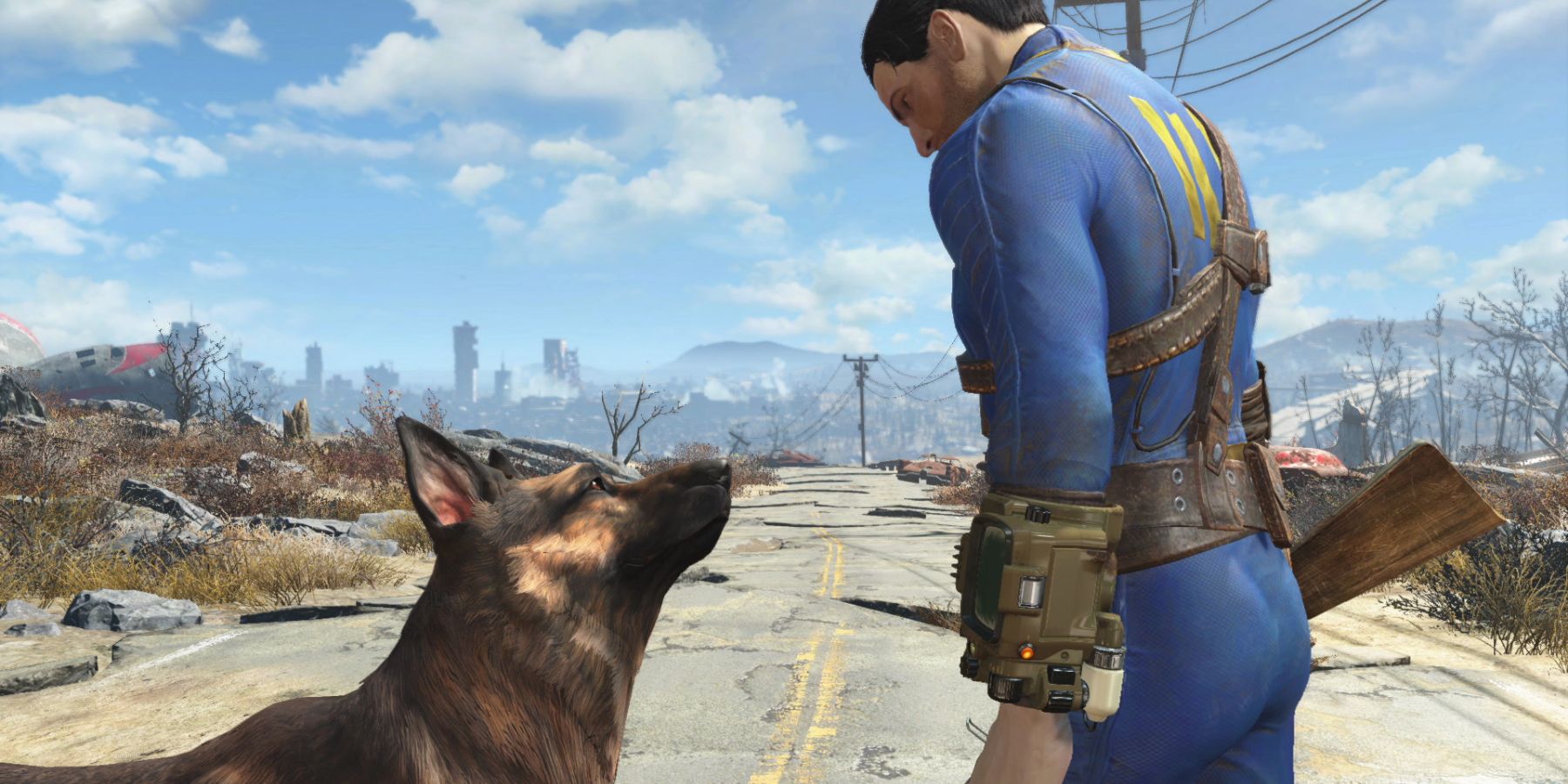
Fallout 4 Skyrockets Back to Top of Sales Charts
In the wake of the success of the Fallout TV show, Fallout 4 finds itself at the top of sales charts almost nine years after its original release.

